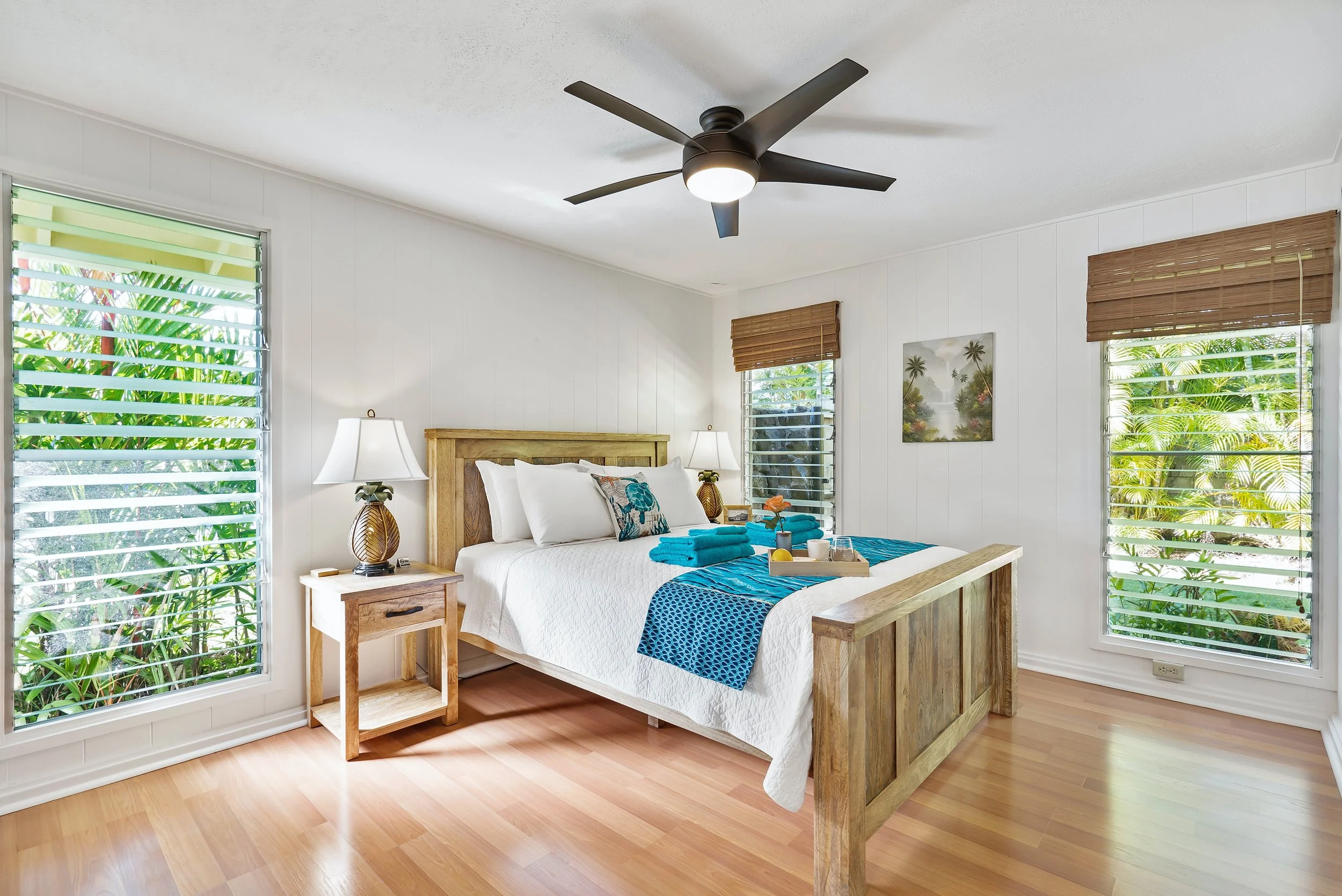Securing A Speedy House Sale: Practical Tips For Vendors
Putting your house on the market is a big step. Moving can be stressful, especially when you throw in trying to find a new home and negotiate a property sale. If you’re about to put the for sale sign up, or you’ve recently listed your home, it’s natural to want to secure a speedy, stress-free sale. In this guide, we’ll outline some effective measures you can employ to maximize the chances of success.
Setting the right price
We all enjoy virtual tours of luxury homes with acres of land, swimming pools, gyms and endless suites and bedrooms, but in reality, budget is a driving factor for most searches. Many buyers will set a filter when searching online or specify a top price when discussing properties with real estate agents. As a vendor, it’s important to set the right price. There are multiple factors to consider when deciding the price point for your home, including market values and conditions, the location, sale prices in the neighborhood, the condition of the property and the demand for housing in your area. National and global trends and the wider economic climate can also impact prices.
When you sell a property, it’s crucial to try to strike the right balance between luring buyers in and ensuring you get the best possible price. If you pitch too high, this could put buyers off and they might not even consider viewing the house. If you go too low, you might miss out on better offers. It’s wise to ask for valuations from multiple agents and aim for the upper end of the scale. It’s often effective to price real estate just below the top of a bracket so that you can maximize your reach. If your home has been valued at between $650,000 and $705,000, for example, it’s worth considering putting the property on at $699,000 so that you’ll capture buyers who set their filter to up to $700,000.
Prices fluctuate and you may need to adjust your asking price if the market is slow, there is little interest in the property, or feedback suggests that buyers feel that the house is overpriced. Lowering the asking price slightly can sometimes prompt buyers to reconsider and open the door for others who might have been put off by the price previously.
Making the property more appealing to buyers
Before you put your house on the market, it’s beneficial to be proactive in making it as attractive as possible to prospective buyers. There are multiple ways to enhance the aesthetic appeal of your home and increase the chances of getting the best price.
For many buyers, curb appeal is a significant factor. Some people won’t even view a house if they don’t like the look of the exterior while others will struggle to get past a shabby entrance or chipped paintwork even if they like the interior. Simple tricks like tidying up the driveway and front garden, freshening up external paintwork, painting the front door and adding planters and potted trees to the porch can make a huge difference.
Clutter is another major turn-off for buyers. Before you put your house up for sale or take photographs for brochures and online listings, declutter. Decluttering will free up space and create the illusion of lighter, brighter and bigger rooms and it will also make it much easier to pack your house up when you’re moving out. Go through each room and set aside piles of items you want to keep, sell, donate or throw away. Remove trash bags, use storage solutions to make your home look neat and tidy and keep surfaces clear.
Staging is designed to paint your home in the best possible light. Your real estate agent may be able to help you with staging, but you’ll also find lots of advice and helpful guides online. Showcase the best features, maximize natural light and cater to the target buyer.
Making simple cosmetic changes to your home can also make it more attractive to buyers. Painting the walls is one of the easiest, cheapest and most effective ways to create a fresh feel and transform the look of the room. It’s best to stick to a neutral palette when you’re selling, as this will make the property more universally appealing.
Using high-quality images
Most of us are guilty of skipping through detailed descriptions and going straight to the pictures when looking at property listings. The images you use can make or break you as a vendor, as many people won’t view houses if the photographs are poor quality or they don’t like the look of the rooms. Always use high-quality images, take a variety of shots and stage your home before you take photographs. Choose a bright day and put the best images at the start of the showreel or brochure. Play to your strengths. If the backyard is the main event, or you have a show-stopping kitchen, lure buyers in with pictures of these spaces. Your real estate agency may offer a professional photography service but if they don’t, or you want to save money, you can capture good pictures with a high-quality camera or smartphone, providing you have the right lighting and you choose the best angles. Practice first and spend time going through the images to find the best ones.
Marketing the property
To sell your home quickly and achieve the best price, you’ll need to think about how you’re going to market the property and find buyers. There are two main choices. You can hire a real estate agent to promote the house, network and reach out to existing and new clients, or you can list the house yourself using an online website or portal. It’s worth weighing up the pros and cons and considering which option is best for you. If you work with an agent, you’ll pay more in fees, but the chances of getting a deal done will be higher. Agents will use their contact networks and they can also liaise with other agents to spread the word. They also have access to sophisticated, targeted marketing techniques and methods. If you choose to take care of marketing yourself, you may be limited in terms of how much you can spend and how far you can reach. Agents also have in-depth knowledge of the local market and experience in marketing properties to specific audiences.
Negotiating
Being proactive in making a home an enticing proposition is beneficial for vendors, but selling your home often depends on what happens after the viewing. Many sellers find that buyers have positive feedback, but they don’t make an offer or pursue the deal if the seller rejects the first offer. It’s advantageous to be open to negotiating if you’re serious about selling and you’re considering an offer. Seek advice from your real estate agent, communicate with buyers and try to find some middle ground. If you don’t want to come down on price, but the buyer isn’t willing to go up, you could try to sweeten the deal by including some of the furniture, for example. There may also be room for maneuver if the buyer wants to pay cash or move quickly.
If you’re selling your home, it’s understandable to want to secure a speedy sale. Buying and selling properties can be a roller coaster ride. Try to maximize your chances of closing a deal before you put the house on the market. Declutter, set the right price, enhance curb appeal and research real estate agencies thoroughly. Stage your home, use high-quality images and showcase the best features. Be open to negotiating, and promote and market the property effectively.












